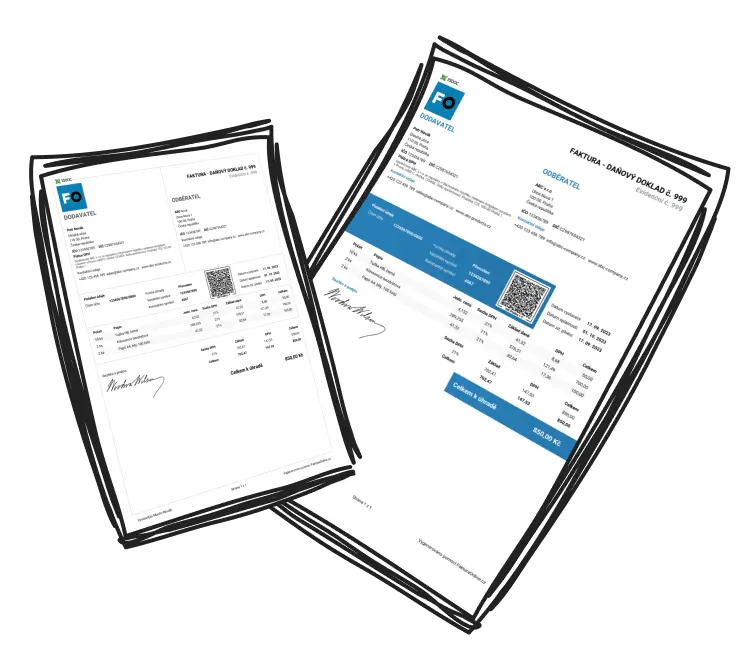General and Administrative (G&A) expenses play a crucial role in the business world, but what is G&A in business precisely? These are the non-production operating costs essential for a business to function effectively, ensuring smooth operation overall. Examples of such expenses include executive and administrative salaries, office rent, utilities, and general employee benefits.
Unlike direct costs like manufacturing or sales expenses, G&A expenses support the broader infrastructure and management of a business. They play a vital role in daily operations, providing the foundation needed for the company to continue running efficiently.
General and Administrative (G&A) expenses are all the essential overhead costs needed to manage a business but are not directly tied to production or sales activities.
Why Does G&A Matter in Business?
Knowing what G&A is in business is crucial, as these expenses underpin core administrative functions like HR, IT, and leadership. Improper management of these costs can lead to inefficiencies or diminished profitability, while a balanced G&A budget enables wise resource allocation and maintains essential processes.

A small company overspending on administrative salaries without streamlining tasks may suffer reduced profitability. Conversely, underinvesting in G&A could lead to poor organizational planning and operational failures.
Key Reasons G&A Matters:
It sustains non-revenue-generating processes that are essential for smooth operations.
Managing it well impacts the bottom line by reducing inefficiencies or over-spending.
Stakeholders rely on G&A reporting to assess financial health and operational efficiency.
How Is G&A Categorized in Financial Statements?
By comprehending what G&A is in business, one can appropriately categorize these expenses in financial statements; they fall under the operating expenses section, apart from direct production costs like COGS and sales or marketing expenses.
G&A often includes fixed costs, such as office rent and executive salaries, and variable costs, like utilities and office supplies. Categorizing these under operating expenses helps stakeholders assess operational efficiency and track how resources are allocated internally.
G&A is listed in the income statement under operating expenses, distinct from production or sales-related costs for accurate financial analysis.

What Are Examples of G&A Expenses in Business?
Common G&A expenses include:
Salaries for non-production staff (e.g., executives, HR, IT, finance).
Rent for corporate offices.
Utilities such as electricity, water, and internet for office buildings.
Office supplies including stationery, desks, and computers.
Professional service fees (e.g., legal, consulting, accounting).
Insurance costs such as employee health plans or liability insurance.
Depreciation of office furniture or assets.
Travel and entertainment for administrative purposes like conferences.
These examples highlight how G&A costs span across various essential but indirect operational areas for most businesses.
How Do Businesses Manage or Reduce G&A Costs?
Thorough understanding of what G&A is in business is essential for managing these costs effectively and achieving cost efficiency without sacrificing vital activities. Businesses can take these strategic steps to manage or reduce G&A expenses:
Audit Spending Regularly: Conduct thorough reviews of G&A costs to identify wasteful or redundant expenditures.
Consolidate and Cut Redundancies: Merge overlapping services or eliminate unnecessary processes to streamline operations.
Leverage Automation Tools: Use software for tasks such as payroll, HR management, and accounting to save time and reduce manual errors.
Outsource Non-Core Functions: Partner with external providers for tasks like IT support or legal services to cut internal overhead costs.
Monitor G&A Continuously: Regular tracking ensures spending stays under control and adjustments can be made if necessary.

Tip
Adopting automation tools, such as payroll software, reduces manual labor costs and improves administrative efficiency significantly.
Why G&A Is a Critical Component for Business Success
Managing G&A effectively is a cornerstone of financial health and operational sustainability. These expenses ensure businesses can run smoothly while supporting core activities like leadership, HR, and IT. Smart G&A management balances cost efficiency with the need for strategic investment, ultimately improving profitability and growth potential.
Understanding and optimizing G&A expenses is critical for making smarter financial decisions and achieving long-term business success.


